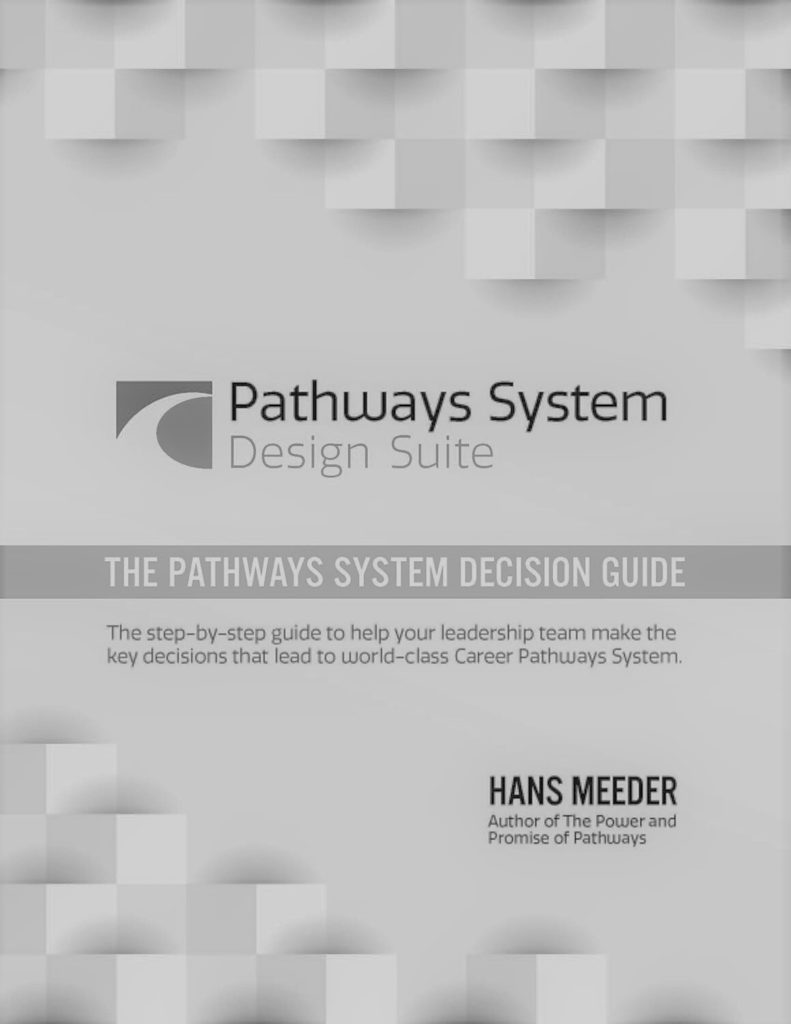No products in the cart.
Posts
Time to Pause, Reflect, Recharge, Refocus and Re-Engage
Last week, I posted an excerpt from the conclusion of the new Pathways System Decision Guide. Here’s the remainder of the conclusion.
Pause, Reflect, Recharge, Refocus and Re-engage
Leading change is hard and takes tremendous creative and organizational energy. It’s difficult to keep up the pace; in fact, according to John Kotter (“Leading Change”) one of the most dangerous times for any change initiative is right after you experience a big “win.” It’s easy to bask in the warm glow of victory and then very subtly lose focus and drift back into the traditional way of doing things. So, at regular intervals, take a purposeful pause from the work so you can reflect, recharge and refocus re-engage.
When you’ve paused, reflect on what’s been working well. It may not be perfect but give yourself and your team the credit and the benefit of the doubt. Make sure they know how much you appreciate their effort and more than likely, they will reciprocate.
Next, make sure to recharge. Personal productivity coaches like Michael Hyatt remind us, “More Important than Time Management is Energy Management.”
Plan times of rest and recharging and put them on your schedule. It’s better to recharge too early than to run out of emotional and physical energy and potentially burn out. (I had made this serious mistake and it took several months to recover).
After you’ve gotten some physical, emotional, and intellectual rest, start to refocus. Set a time to gather the team and ask, “what’s next?” What’s the most important next challenge to undertake? As you regain your sense of passion and refocus your efforts, then it’s time to re-engage in the work itself.
The Twelve Steps Re-Cap
As you re-engage, take another look at the five phases and 12 essential steps of the pathways system implementation. Where are you now? How far and fast will you move in the next three months, six months, and year? Finally, what’s your next, immediate step?
Explore: Build Awareness and Interest
- Step 1. Explore to build community will
- Step 2. Gather information
Convene: Bring Partners Together
- Step 3. Convene partners
- Step 4. Create shared vision, mission, and goals
Envision: Plan the Pathways System
- Step 5. Envision the profile of a graduate
- Step 6. Envision career development
- Step 7. Envision the strategic role of pathway programs
- Step 8. Envision new or updated pathway programs
- Step 9. Envision professional development for teaching and learning
- Step 10. Envision engaged business & industry and other community partners
Commit: Publicly Join Ranks
- Step 11. Plan public outreach
Act: Implement and Improve
- Step 12. Create monitoring and revision processes
Be Assured, The Pathways Movement is Growing
As we conclude this Decision Guide, remember that you are not alone. More and more school systems, colleges, businesses, and workforce organizations are collaborating to create pathways systems. Soon, the pathways system and widespread career connected learning will become the norm rather than the exception!
Stay connected with your colleagues who are engaged in this work and please, stay connected with us at NC3T as we continue to develop tools and resources to engage community leaders, school district leaders, teachers, employers, and parents. We can help and would be honored to continue to assist you and your community.
Thank you for your amazing work and effort on behalf of our youth, our communities, and our collective future!
You can learn more about the Pathways System Decision Guide at the NC3T Bookstore. We are also rolling out two complementary offerings – the Pathways Program Design Guide, and the Pathways System Resource Kit.
Hans Meeder is President of NC3T, the National Center for College and Career Transitions (www.nc3t.com). NC3T provides planning, coaching, technical assistance and tools to help community-based leadership teams plan and implement their college-career pathway systems and strengthen employer connections with education.

